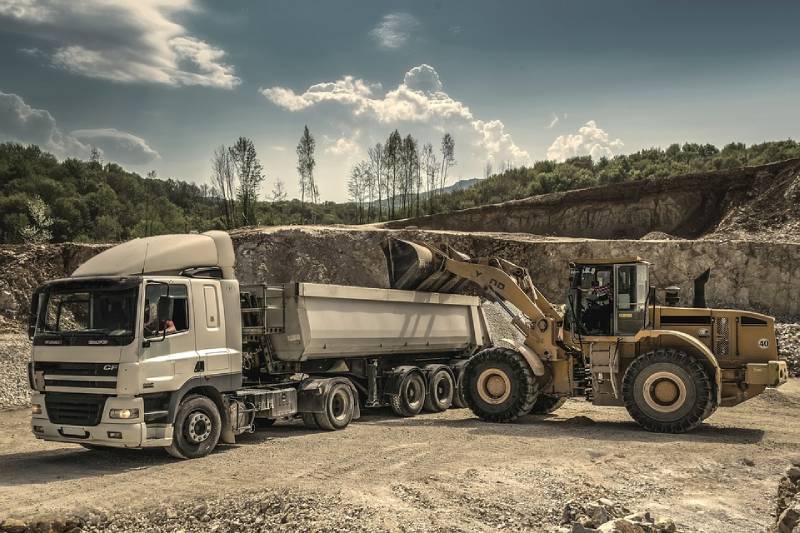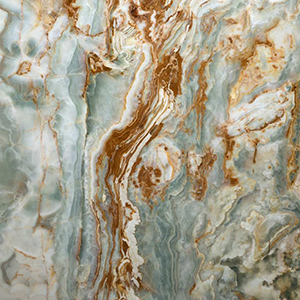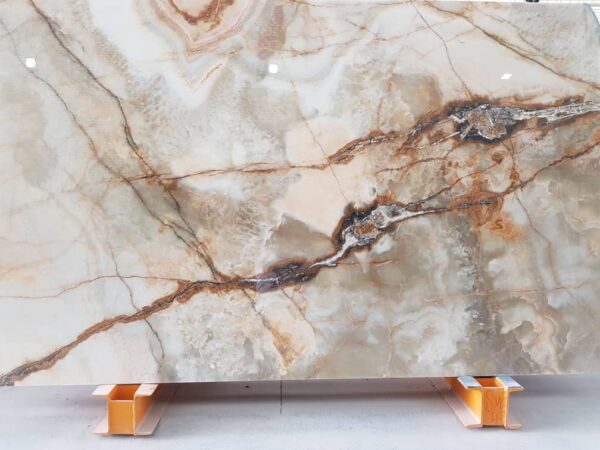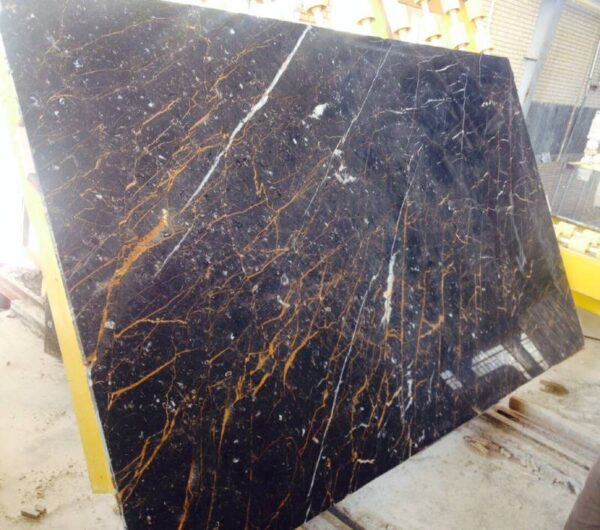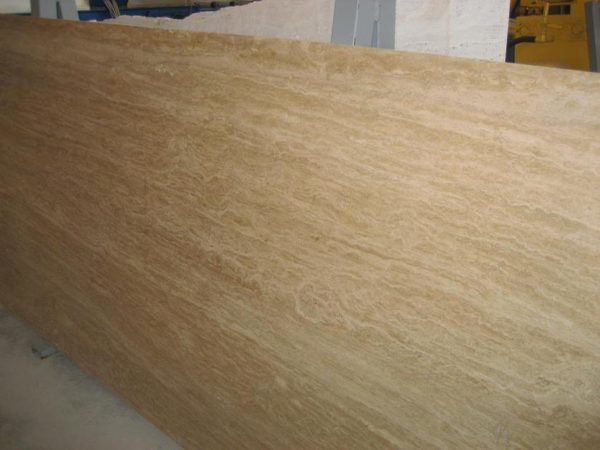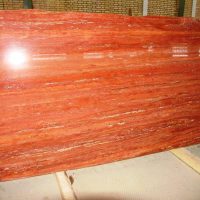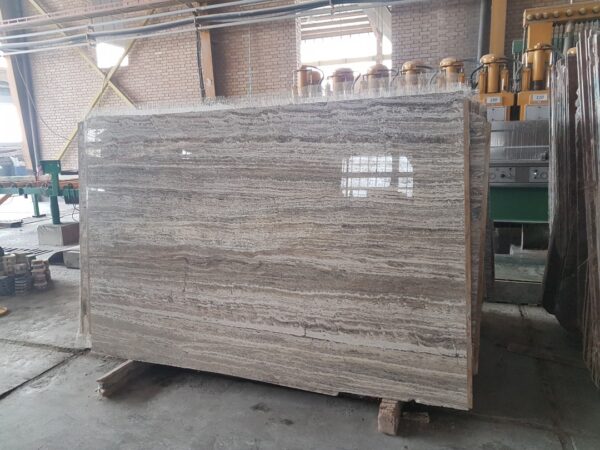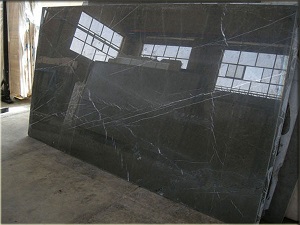Does Marble Absorb Water? A Comprehensive Guide to Marble Porosity
Marble is a stunning and timeless natural stone used in architecture and design for centuries. However, before using marble in your home or commercial projects, it’s crucial to understand its properties, especially regarding water absorption. So, does marble absorb water? The answer is yes, but the extent and impact depend on various factors. This guide will explore the porosity of marble, how much water it can absorb, and how to protect your marble surfaces effectively.
https://www.rockstone.biz/how-to-pack-marble-tiles/
Understanding the Porosity of Marble
Marble is a metamorphic rock primarily composed of calcite, formed under high pressure and temperature conditions. Like many natural stones, marble is porous, meaning it has tiny, microscopic pores and capillaries within its structure. These pores can absorb liquids, including water. The porosity of marble varies depending on the type of marble, its finish, and the density of the stone.
- Marble’s Pores and Water Absorption: The pores in marble are responsible for its ability to absorb water. When exposed to moisture, marble can take in small amounts of water through these pores. However, the rate at which marble absorbs water is generally lower than other natural stones.
- Factors Affecting Marble’s Porosity: The porosity of marble can vary based on its geological formation, mineral composition, and finish. For example, polished marble has a smoother, less porous surface, which reduces its ability to absorb water. On the other hand, honed or tumbled marble, which has a matte finish, tends to be more porous and can absorb more water.
Marfil Marble Stone Countertops
How Much Water Can Marble Absorb?
The amount of water that marble can absorb is relatively minimal, typically less than 0.5% of its weight. However, even this small amount can have significant effects if not properly managed.
- Water Absorption in Different Marble Types: Different types of marble have varying levels of porosity. For example, Carrara marble is less porous than other types like Crema Marfil or Emperador. Understanding the specific type of marble you are working with can help you determine its water absorption rate and necessary maintenance.
- Impact of Water Absorption on Marble: While marble’s water absorption is low, it can still lead to staining and discoloration, especially if the water contains minerals, acids, or other contaminants. Over time, water exposure can also cause the marble to weaken or deteriorate if not properly sealed and maintained.
- https://www.rockstone.biz/did-the-romans-use-marble/
Protecting Marble from Water Damage
To ensure your marble surfaces remain beautiful and durable, it’s essential to protect them from water absorption. Here are some key strategies to safeguard your marble:
Sealing Your Marble Surfaces
Sealing is one of the most effective ways to protect marble from water absorption. A high-quality marble sealer penetrates the stone’s surface and creates a protective barrier, reducing the likelihood of water and other liquids seeping into the pores. It’s recommended to seal marble surfaces regularly, depending on the usage and exposure to moisture.
Proper Maintenance and Care
In addition to sealing, regular maintenance is crucial to prevent water damage. Clean up spills immediately, especially those involving acidic substances like citrus juices or vinegar, which can etch and stain the marble. Use coasters, trivets, and mats to protect marble surfaces from water rings and heat damage.
Is Marble Suitable for Wet Areas?
While marble can be used in wet areas such as bathrooms, kitchens, and outdoor spaces, it requires careful consideration and maintenance. Regular sealing, proper installation, and diligent care will ensure that your marble surfaces withstand moisture and remain a luxurious addition to your space.


